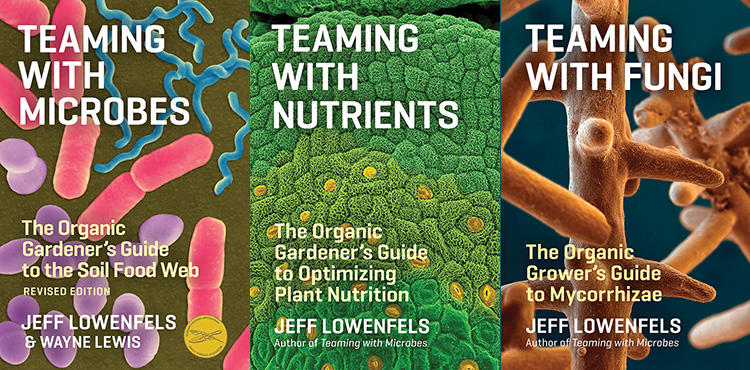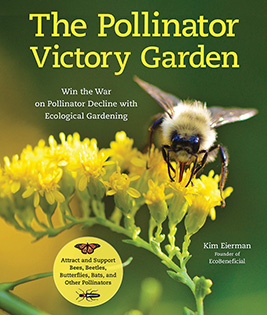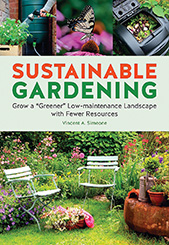By Will Rowlands
MARCH-APRIL 2017 – Fungi can be found almost everywhere and have been around for millions of years but most people’s experience with them is probably limited to buying mushrooms at the store or, if they’ve got healthy soil, having them pop up unexpectedly in their lawn.
Many of us even have a jaundiced view of fungi because we associate them with pathogens, mildew and decay.
The reality is that fungi are an extremely diverse group of organisms that we’re just beginning to understand. Like many things they can be good or bad. In his latest book, Teaming with Fungi, Jeff Lowenfels clues us in on all of the good things they can do.
Mycorrhizals increase root formation, stress resistance, nutrient uptake, and water uptake and retention. They also improve soil quality and resistance to pathogens and pests. In other words, they make for healthier, more productive plants.
Of course, plants figured this all out a long time ago. Almost every plant on Earth forms a mutually beneficial relationship with mycorrhizal fungi. The trick for gardeners is to understand which mycorrhizals benefit which plants.
If you love detail, it’s here. Lowenfels delves deep into the subject. You can skim over the dense sections if you get bogged down. You can always go back and read it again. Anne has read Jeff’s previous books a number of times because there’s so much information.
Fascinating Fungal Factoids
• Plants can send out chemical invitations to mycorrhizal fungi and the responding fungi can RSVP so that the plant doesn’t react defensively.
• A mycelium of Armillaria ostoyae discovered in Oregon covers an astonishing 2384 acres and is thought to more than 2400 years old.
• A teaspoon of garden soil may contain several meters of fungal hyphae that are invisible to the human eye.
• A single hypha of Neurospora crassa can grow 40 micrometers a minute.
• As hyphae grow at the apical tip, older parts die off and the nutrients move up the line or are left behind in the soil. As hyphae move through the soil they create microtunnels which contribute to general soil health.
• In some cases, a fungi’s mycelial network can enable a plant to access 100,000 times more soil than a root can acess without a mycorrhizal association.
• Several different mycelial networks can fuse together and act as one.
• Cooperation can exist between different mycelial networks.
• Paul Stamets has described mycelial networks as Earth’s Natural Internet.
For more information, or to order, go to timberpress.com






